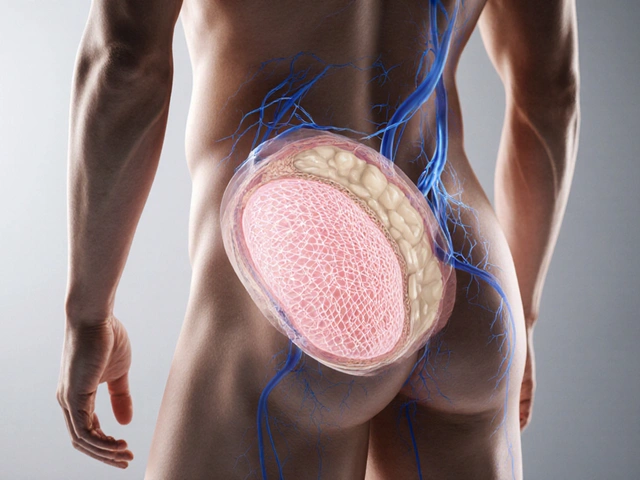Clindamycin Gel: What It Is, How It Works, and What Alternatives Exist
When your skin breaks out with stubborn acne or a bacterial infection, Clindamycin gel, a topical antibiotic applied directly to the skin to kill bacteria causing acne and other infections. Also known as clindamycin phosphate topical solution, it’s one of the most prescribed treatments for mild to moderate acne, especially when other options like benzoyl peroxide haven’t worked. Unlike oral antibiotics, Clindamycin gel targets the problem right where it starts — on your face, back, or chest — without flooding your whole body with drugs.
This treatment works by stopping the growth of Propionibacterium acnes, a type of bacteria that clogs pores and triggers inflammation in acne-prone skin. It doesn’t cure acne, but it reduces redness, swelling, and the number of pimples over time. Many people use it alongside other treatments like retinoids or benzoyl peroxide, because combining them helps prevent resistance and speeds up results. You’ll typically see improvement in 4 to 6 weeks, but you need to keep using it — stopping too early can bring the acne back.
It’s not just for acne. Doctors also prescribe Clindamycin gel for bacterial skin infections, like folliculitis or infected cuts that don’t respond to basic cleaning. It’s gentle enough for daily use, but it’s not for everyone. If you’ve had diarrhea from antibiotics before, especially after taking pills like clindamycin hydrochloride, you should talk to your doctor first. There’s a rare but serious risk of C. diff infection, even with topical use.
People often wonder how it stacks up against other acne treatments. Is it better than benzoyl peroxide? What about erythromycin or adapalene? The answer depends on your skin type, how bad your acne is, and whether you’ve tried other things already. Some studies show Clindamycin gel works just as well as oral antibiotics for mild cases, with fewer side effects. But if your acne is deep or cystic, you might need something stronger — like isotretinoin or spironolactone.
What you’ll find in the posts below isn’t just a list of articles. It’s a real-world look at how Clindamycin gel fits into the bigger picture of skin care and antibiotic use. You’ll see comparisons with other topical treatments, stories from people who tried it, and warnings about what not to mix it with. There’s also info on how to use it correctly — like whether to apply it before or after moisturizer, how long to wait before putting on makeup, and why some people get dry, flaky skin after starting it. No fluff. Just what works, what doesn’t, and what you need to know before you buy it.

Clindamycin Gel vs Other Acne Treatments: A Practical Comparison
- Date: 25 Oct 2025
- Categories:
- Author: David Griffiths
A clear, practical guide comparing Clindamycin gel with common acne alternatives, covering how it works, pros, cons, and how to pick the right treatment for your skin.




